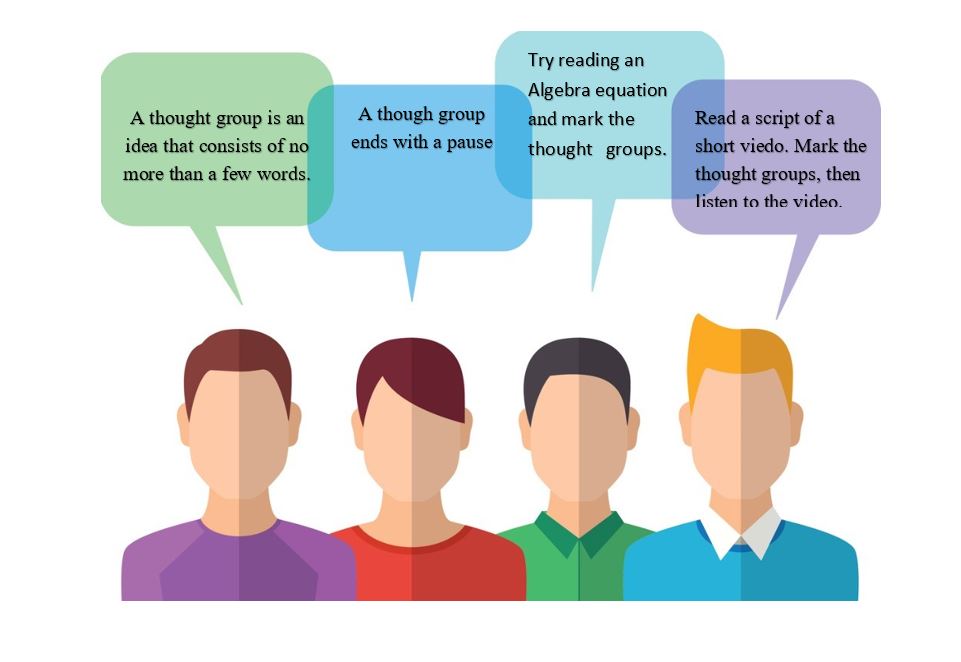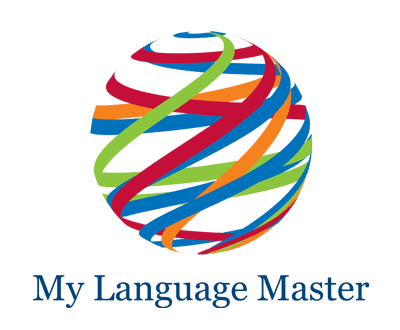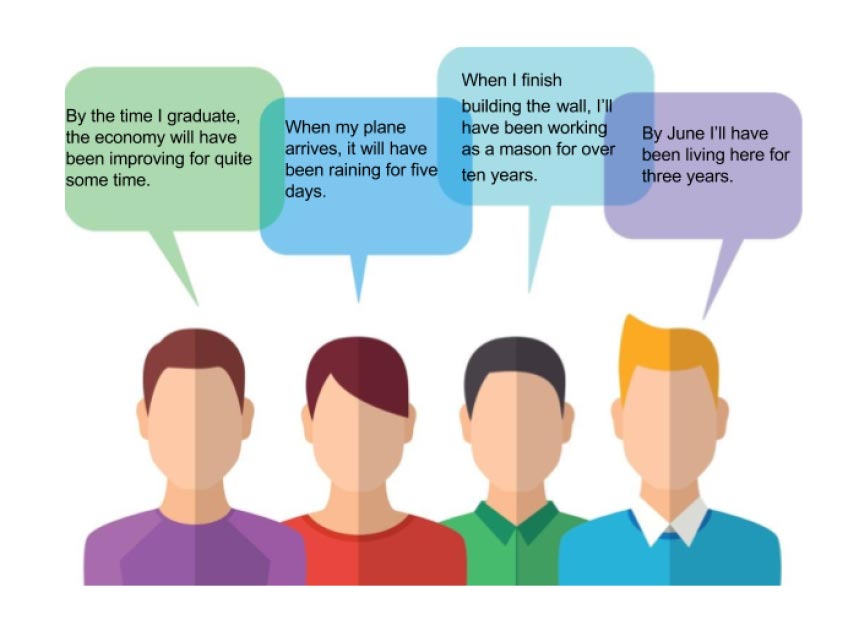
A really useful way to help our students with their listening is to help them become aware of ‘thought groups’ – a term from the excellent phonology book for learners ‘Speaking Clearly’ – Rogerson & Gilbert – (CUP). These are sometimes called ‘tone units’ or ‘sense groups’. Rogerson & Gilbert define ‘thought groups’: When we […]

Vowel Sounds Call 781.385.0231 American English pronunciation relies heavily on vowels and vowel combinations. There are short vowels and long vowels and several varieties of each used in daily speech. Vowels are continuously shortened and lengthened depending on their location within a […]

Learn Linking Call 781.385.0231 What is Linking in Speech? Linking is saying two words without a pause in between. The sound of a word pronounced in isolation is different than the sound of a word within a phrase or sentence.

Key features of Collocations Call Today 781.385.0231 Collocations are made from a group of simple words that appear together to produce a specific meaning.

Intonation is the Rise and Fall of Your Voice at the Right Time Intonation is what native listeners need to recognize vocabulary words, grammar, and syntax. If your intonation is off,

Why Use the Future Perfect Continuous? The future perfect continuous is a convenient way to convey the ongoing nature of an action in the future. It is rarely used and considered very advanced level English. However, it is a precise way of conveying the nature of the duration of an activity. […]

When You Should Use the Future Perfect Continuous Use the future perfect continuous to project yourself into the future for the duration of an ongoing activity from now up to a point in the future.

Future Perfect We use the future perfect to talk about an event that occurs before another event finishes. The future perfect lets you talk about the past in the future. ex I will have finished my homework by dinner time.

English Future Simple Tense English has four future tenses: future simple, future continuous, future perfect, and future perfect continuous. The future tense is important because it used heavily in speaking. Most people use ‘will’ to talk about a future event.

Learn English Minimal Pairs American English minimal pairs are words that sound alike except for a single element or sound. Minimal pairs are usually short words that contain a single vowel. Inaccurate use of these short words could confuse your audience. Learn proper pronunciation of vowels and consonants by practicing minimal pairs exercises. This is […]









